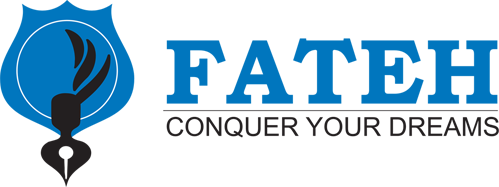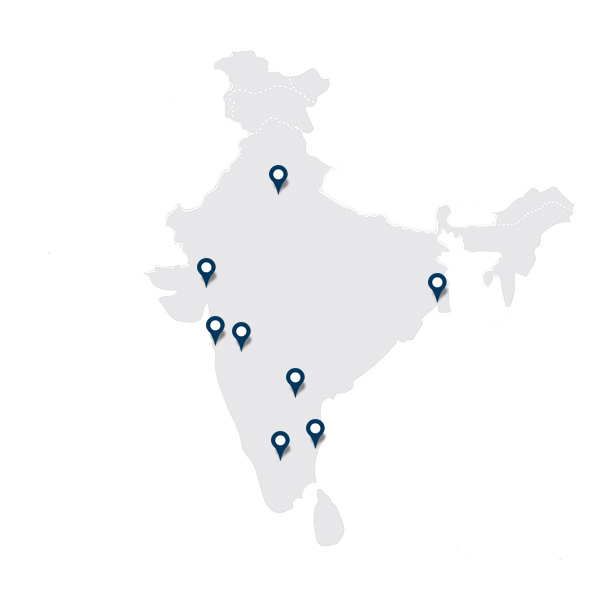Introduction
Ireland, renowned as the “Land of Saints and Scholars,” is distinguished by its exceptional array of world-class educational institutions. The country is a popular study destination for overseas students, especially from India, because of its welcoming and open culture. With numerous top universities in Ireland, no matter what you study, whether it is Humanities, Engineering, Business, or beyond, you will find an Irish institution tailored to your academic goals. Studying in Ireland does not just enhance your education; it opens doors to global career prospects, research opportunities and a thriving international network.
So, if you have been thinking of heading to Ireland to pursue higher education, it is extremely important to consider and understand the timing of your application. The Irish universities have a set intake schedule and following that with right timelines can make a big difference in terms of available courses (as some courses may close early due to high demand), application success (when you have ample time, the documentation process would be hassle free) and visa processing (as filing visa applications require more attention, which could be easier if one has ample time, as it reduces the chances of making mistakes).Find the breakdown of why timing matters and when you should apply for your studies in Ireland.
- Course Availability: When it comes to course availability, you will find a major difference between the two main intakes. The major intake in September includes the full range of undergraduate and postgraduate programmes at all universities. Whereas the January intake serves as a secondary option with extremely limited course offerings, mainly for those at the postgraduate level. This distinction becomes particularly crucial for undergraduate applicants, as their programmes are exclusively available in the September cycle. The importance of verifying your desired programme’s availability for your chosen intake cannot be overstated – many students make the mistake of assuming their course will be offered in both cycles, only to face disappointment later.
- Visa Processing Time: The visa application process is yet another example of where timing is everything. Standard processing generally takes 4-8 weeks, but this can vary quite widely in peak seasons; June through July is the busy season for September intake applicants and most applicants submit materials at the same time. Early applicants have a few unique benefits: they will not face the panicked last-minute rush for document collection, a potentially costly priority processing service and, most importantly, the headache of potentially not missing the start date for their programme. Those who delay their applications often find themselves forced to pay premium fees for expedited visa processing or, in worst-case scenarios, defer their entire academic plans by a semester.
- Accommodation and Housing: A further compelling reason for timely applications is the availability of accommodation. In Ireland, home to university cities like Dublin, Galway and Cork, there is a continuing crisis in student housing. Most on-campus residences see their allocations filled 6-8 months in advance of the semester commencement, leaving late applicants with limited and often unsatisfactory choices. Early admissions setters benefit by having access to economical, conveniently located university housing, while those who linger are often forced to choose between exorbitantly priced private rentals that are too far from campus or lengthy commutes. The accommodation challenge becomes especially acute for international students unfamiliar with Ireland’s housing market dynamics.
- Scholarships: : Monetary factors further highlight the significance of appropriate timing. Scholarship options, which can significantly alleviate the financial strain of studying abroad, predominantly favour early candidates. Most colleges establish scholarship deadlines 6 to 8 months before the commencement of the intake and several scholarships necessitate that applicants possess an offer letter to be eligible for consideration. Submitting early not only grants access to a broader variety of financing alternatives but also affords the opportunity to investigate external scholarship prospects and institutional financial assistance offerings. The reality is clear: students who postpone their applications frequently discover that the scholarship funds have been depleted by the time they are prepared to apply.
- Preparation Time: In addition to these academic and practical considerations, early applications provide students with the invaluable benefit of preparatory time. The interval between receiving an admission offer and beginning studies can be strategically utilised to organise ideal travelling arrangements, fulfil all pre-departure obligations, establish international banking solutions and mentally prepare for the cultural change. Active planners frequently obtain superior ticket discounts, negotiate advantageous foreign exchange rates and conduct comprehensive research on their forthcoming academic surroundings. This thorough preparation facilitates a seamless transfer, enabling students to commence their studies in Ireland effectively rather than expending valuable early weeks addressing unresolved logistical challenges.
Intake Dates for Studying In Ireland
In Ireland, there are two primary intakes: the Autumn Intake (September/October) and the Spring Intake (January/February). Fall intake (September intake) is the major intake, whereas Spring Intake (February intake) is the minor intake.
One might be uncertain about which of the two intakes to select. Therefore, it is beneficial to take into account a number of factors, including your academic history, entrance exam results, acceptance rates and the availability of your desired programme.
Since each intake has advantages and disadvantages, there is no more or less advantageous intake. This covers elements like financial aid, internships, scholarships and the range of courses offered.
Key Differences Between the Two Ireland Intakes You Must Know
September/October Intake
It is the main intake for most universities in Ireland and the most popular choice for international students. Furthermore, the application process for this intake typically begins a year before the start of the academic year (usually in September/October of the preceding year). The deadline for applying is usually between April to June, depending on the university and early course closure.Advantages of applying in the September intake
- Offers a wide variety of courses and gives students ample time post their results to plan accordingly for visa applications, accommodation and settling into Ireland.
- The majority of university programmes are open for admission.
Disadvantages of applying in the September intake
- Competitive application process, particularly for high-demand courses.
- It may take longer to get your visa if you apply closer to the deadline.
January/February Intake
This intake is minor and is available for a smaller number of courses, which is particularly for postgraduate programmes. While it offers fewer options than September, you can still find high demand courses in Ireland during this intake. For this intake, the application opens June onwards and the deadline to apply for this intake is usually October to November of the previous year.
Fewer courses are available for this intake and fewer students apply, so the competition might be lower. However, it might be difficult to find the desired course at the preferred university because few courses are available in the January intake.Advantages of applying in the January intake
- Early start for those who missed the September intake.
- Relaxed timelines for visa application and quick approvals since fewer students would be applying for courses in the January intake.
Disadvantages of applying in the January intake
- Limited course options (not all universities or programmes offer a January intake).
- Due to fewer options of courses, it becomes very competitive for students to enrol in their desired course.
FAQs
Conclusion
So, understanding Ireland’s admissions process and planning your application timeline could determine whether you will be accepted into your dream course or wait in vain for a response or an unexpected rejection. Depending on your study goals and personal schedule, you will want to align your preparations with the most suitable intake to make the process smoother when it comes to studying and settling in Ireland.


